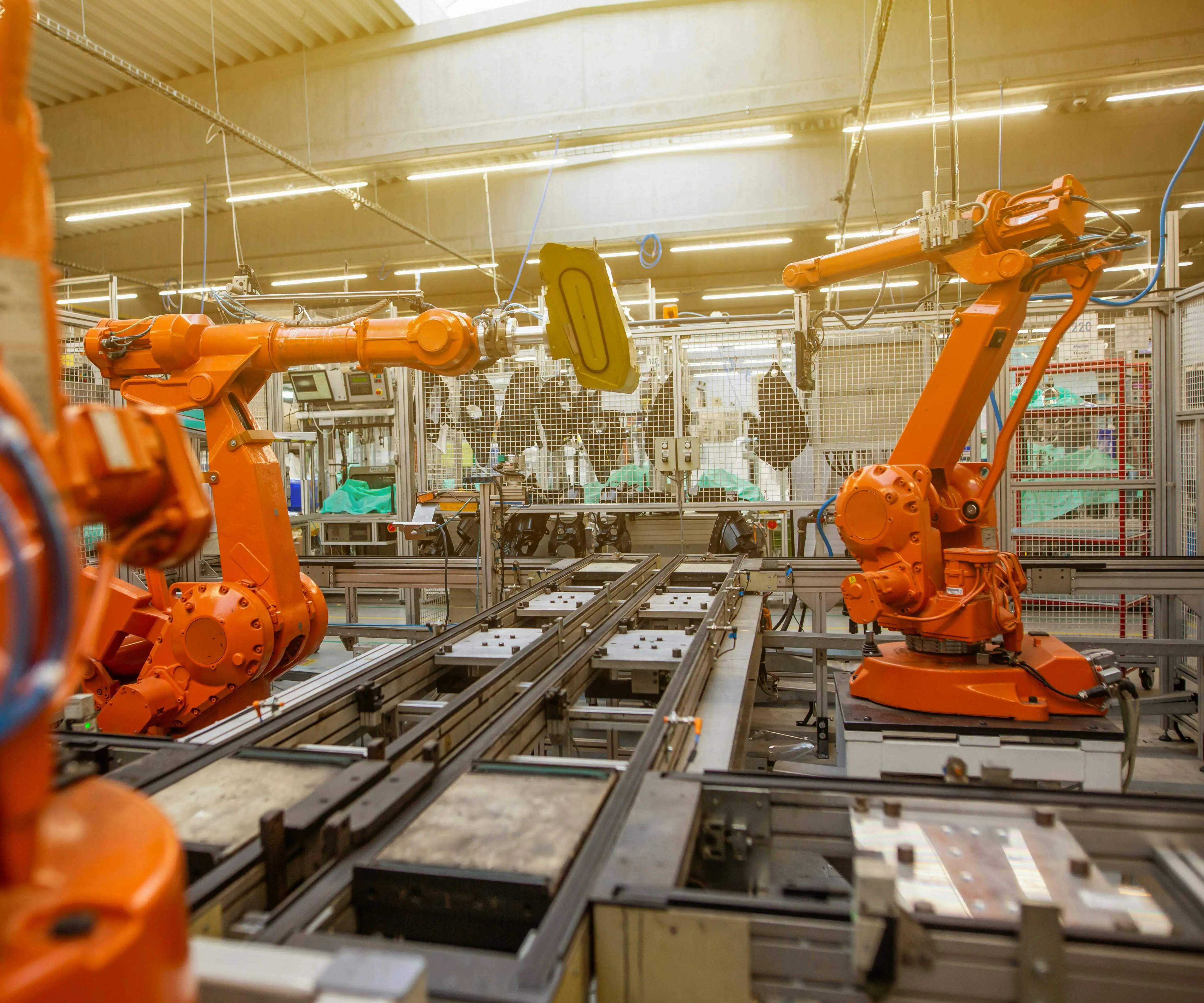Imagine a world where your ideas come to life with just a few wires and some code. Whether you're an aspiring roboticist or a curious maker, combining a joystick with a servo motor on an Arduino platform can open a universe of possibilities—think remote-controlled robots, camera gimbals, or interactive art installations. The beauty of this setup lies in its simplicity: with basic components and a pinch of programming, you can craft a control system that responds seamlessly to user input.

Getting Started: The Basics of Arduino, Joystick, and Servo
Before we dive deep into the code, it’s helpful to understand the core components involved. An Arduino microcontroller, like the popular Uno or Nano, acts as the brain of your project. It reads signals from the joystick, processes them, and then commands the servo motor accordingly.
A typical joystick module has two potentiometers—one for the horizontal (X) axis and one for the vertical (Y) axis. These deliver analog voltage signals proportional to the position of the joystick, which the Arduino reads through its analog input pins. On the other hand, a servo motor is a device that can rotate to a specific angle within a range, usually 0 to 180 degrees, based on a PWM (Pulse Width Modulation) signal.
Combining these components, you can create a control interface where moving the joystick smoothly changes the position of a servo, enabling a robotic arm, camera mount, or any other aimed device.
The Heart of the Project: Writing the Arduino Code
In this piece, our focus will be on understanding the essential code that makes this interaction possible. Don’t worry if you're new to programming; the structure is straightforward, and I’ll walk you through each step.
First, you need to connect your hardware correctly:
The joystick’s X and Y outputs connect to Arduino analog pins, say A0 and A1. The servo signal line connects to a digital PWM pin, for example, pin 9. Power the servo with a suitable source—commonly, the Arduino’s 5V pin works, but larger servos may require external power.
Once your connections are set, it's time for the code. Here’s the skeleton:
#include // Include the servo library // Define pin connections const int joystickXPin = A0; const int joystickYPin = A1; const int servoPin = 9; // Create servo object Servo myServo; void setup() { // Attach the servo to its pin myServo.attach(servoPin); // Initialize serial communication for debugging Serial.begin(9600); } void loop() { // Read joystick positions int xPosition = analogRead(joystickXPin); int yPosition = analogRead(joystickYPin); // Map the analog readings (0-1023) to servo angles (0-180) int servoAngleX = map(xPosition, 0, 1023, 0, 180); int servoAngleY = map(yPosition, 0, 1023, 0, 180); // For simplicity, let's control one axis—say, horizontal (X) myServo.write(servoAngleX); // Debugging output Serial.print("X: "); Serial.print(xPosition); Serial.print(" mapped to "); Serial.println(servoAngleX); delay(15); // Short delay for smooth movement }
This basic sketch reads the joystick’s horizontal movement, maps it to a servo angle, and moves the servo accordingly. You can add more sophistication—like controlling the servo based on the Y-axis or implementing dead zones to prevent jitter.
Enhancing the User Experience: Smooth Control and Dead Zones
Often, raw joystick data can cause jittery or overly sensitive movements. To improve the responsiveness, you can implement dead zones—regions where small movements are ignored to prevent accidental slight shifts from moving the servo. Here's how you might enhance the code:
const int deadZone = 50; // Adjust as needed void loop() { int xPosition = analogRead(joystickXPin); int yPosition = analogRead(joystickYPin); // Apply dead zone int xValue = (abs(xPosition - 512) > deadZone) ? xPosition : 512; int servoAngleX = map(xValue, 0, 1023, 0, 180); myServo.write(servoAngleX); // Optional: add code for Y-axis // ... delay(15); }
This way, the servo only reacts when the joystick is moved beyond a certain threshold, making movements smoother and more intentional.
Established in 2005, Kpower has been dedicated to a professional compact motion unit manufacturer, headquartered in Dongguan, Guangdong Province, China.




































